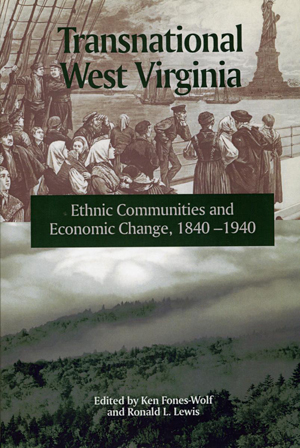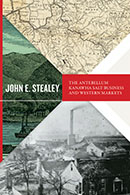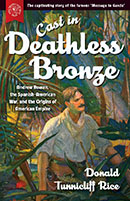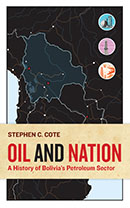Summary
West Virginia is one of the most homogeneous states in the nation, with among the lowest ratios of foreign-born and minority populations among the states. But as this collection of historical studies demonstrates, this state was built by successive waves of immigrant labors, from the antebellum railroad builders to the twentieth-century coal miners. Transnational West Virginia offers a new understanding of how laborers and their communities shape a region’s history. Transnational West Virginia includes essays and studies on immigrant networks, such as Irish workers along the B&O Railroad, Wheeling Germans in the Civil War era, Swiss immigration to West Virginia, and European Jews in Southern West Virginia. This work also covers Belgian glassworkers in West Virginia, black migration to Southern West Virginia, Italians in the Upper Kanawha Valley, Italian immigration to Marion County, Wheeling Iron and the Welsh, West Virginia and immigrant labor to 1920, Monongalia miners between the World Wars, and West Virginia rubber workers in Akron. Transnational West Virginia is the first volume in the West Virginia and Appalachia series.
Contents
- List of Tables
- Introduction: Networks Large and Small
- Section I: Antebellum Roots
- Matthew Mason, “Paddy vs. Paddy: Labor Unrest and Provincial Identities along the Baltimore and Ohio Railroad, 1849–1951”
- Ken Fones-Wolf, “Caught between Revolutions: Wheeling Germans in the Civil War Era”
- Section II: Niche Communities
- Elizabeth Cometti, “Swiss Immigration to West Virginia, 1864–1884: A Case Study”
- Deborah R. Weiner, “From Shtetl to Coalfield: The Migration of East European Jews to Southern West Virginia”
- Ken Fones-Wolf, “Craft, Ethnicity, and Identity: Belgian Glassworkers in West Virginia, 1898–1940”
- Section III: Immigrant Coal Miners
- Joe William Trotter Jr., “Black Migration to Southern West Virginia”
- Frederick A. Barkey, “‘Here Come the Boomer ‘Talys’: Italian Immigrants and Industrial Conflict in the Upper Kanawha Valley, 1903–1917”
- William B. Klaus, “Uneven Americanization: Italian Immigration to Marion County, 1900–1925”
- Section IV: Representations of Ethnic Work Communities
- Anne Kelley Knowles, “Wheeling Iron and the Welsh: A Geographical Reading of Life in the Iron Mills”
- Kenneth R. Bailey, “Strange Tongues: West Virginia and Immigrant Labor to 1920”
- Ronald L. Lewis, “Americanizing Immigrant Coal Miners in Northern West Virginia: Monongalia County Between the World Wars”
- Epilogue: Leaving West Virginia
- Susan Johnson, “West Virginia Rubber Workers in Akron”
- About the Contributors
- Index
Reviews
“ . . . a truly worthy book.”
George Brosi, Appalachian Heritage
“ . . . a sophisticated analysis of an Appalachian region, one that carries on the work of rewriting regional history within larger interpretive arenas.”
Robert Weise, Journal of Appalachian Studies














